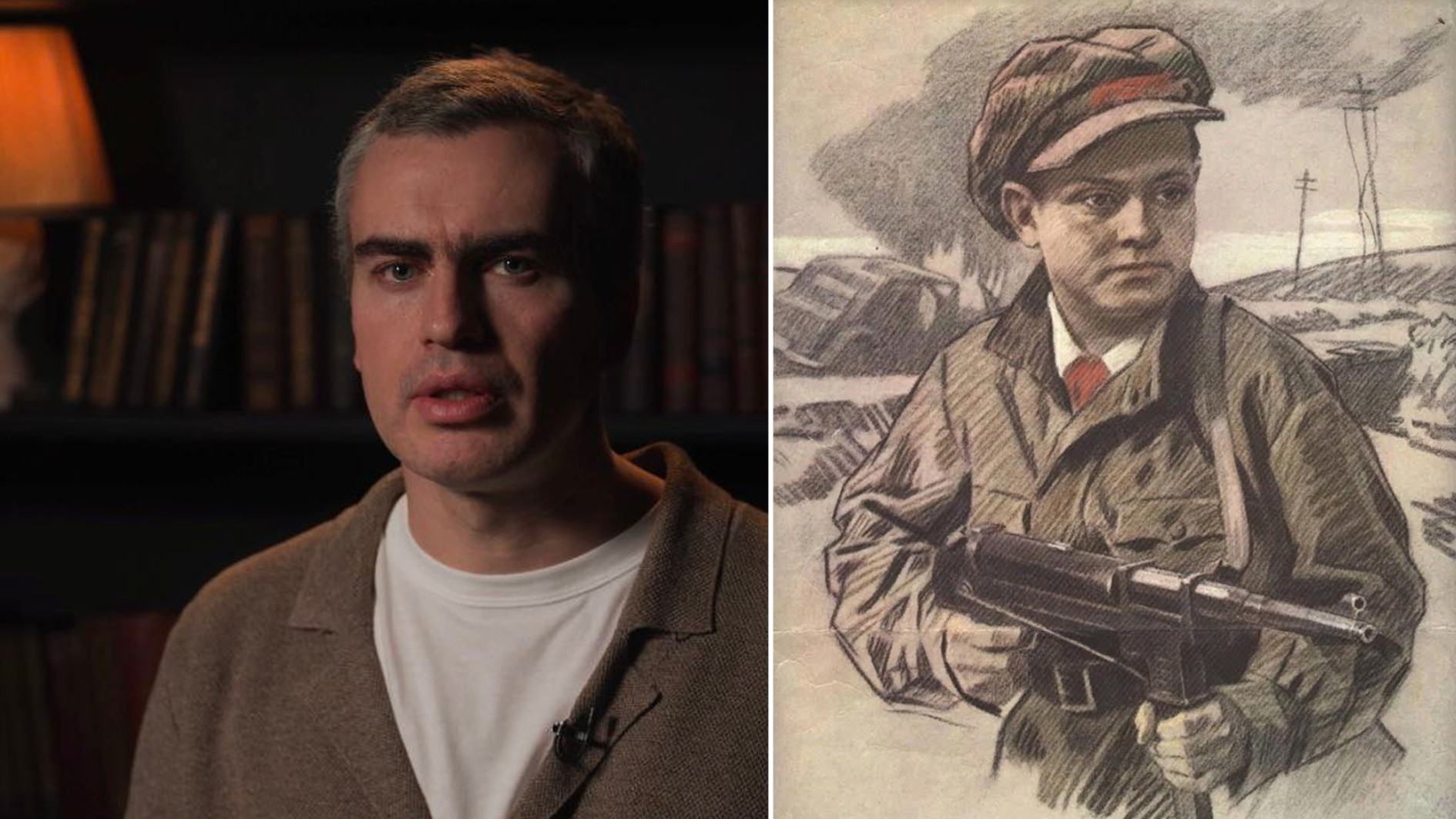
How did helicopter taxis operate in Moscow in Soviet times?

Pilot 1st Class Sergei Semyonychev now works at the Central House of Aviation and Cosmonautics of the DOSAAF of Russia [the paramilitary sports organization 'Voluntary Society for Cooperation with the Army, Aviation and Navy']. Right opposite the museum building, there once stood the air terminal from which air taxis took off for Vnukovo and Sheremetyevo airports. In 1966, Sergei had occasion to use the service.
 Passengers boarding the helicopter, 1962.
Passengers boarding the helicopter, 1962.
What was it like?
"I was in my last year at school and was wondering where to go on from there. I decided to apply for the civil aviation training detachment at Vnukovo Airport. For that, I needed to travel there to find out when I was expected to come with my documents. I could have taken a trolley bus or tram near where I lived and got to the airport in about half an hour. Moscow wasn't prone to traffic jams as it is now. But, I was curious to see how I was going to bear up to the flight – so I decided to take the air taxi."
Having got to the air terminal by tram, Sergei Vladimirovich found the helicopter station. At the station itself, there was a small building housing the ticket desk. The fare was two rubles, while getting to Vnukovo by bus would have cost roughly half this amount. Children, moreover, enjoyed the same concessionary fares as on other forms of public transport: Half fares for under 12s, while under fives could travel for free. The route was served by Mi-4P and Mi-8P helicopters, which took off with passengers every hour. "In this model of helicopter, the flight deck was on top, above the passenger cabin, and I remember a hatch opening in the ceiling and the co-pilot looking down at us and saying: 'Off we go!'"
 In the cabin, 1962.
In the cabin, 1962.
Opposite me sat an elderly woman with a huge number of baskets – you could take up to 20 kg of baggage with you. There were so many baskets that I had to tuck my legs under me, even though the helicopter wasn't full. It didn't go fast – its speed was about 150 km/h. We got to Vnukovo in 15 minutes, having taken the opportunity to see Moscow from a height of 150 meters. It was very noisy in the cabin and you could feel the vibrations, but I still enjoyed it," Sergei says.
Cheaper than an ordinary taxi
In the prices of the time, the helicopter taxi was fairly affordable for Muscovites: The average monthly salary was around 120 rubles then. And, for that matter, an ordinary taxi was much more expensive – the trip to Vnukovo Airport from the Dinamo Metro Station area would have cost 5-6 rubles. Despite that, the helicopter taxi wasn't all that popular. There were no traffic jams in the city then and many people were apprehensive about flying. Furthermore, prospective passengers had to travel especially to the Dinamo Metro Station, which wasn't conveniently located for everyone. On top of everything else, the intervals between flights were quite long and the weather could affect the timetable.
 Vnukovo airport, 1964.
Vnukovo airport, 1964.
Why was the helicopter taxi closed down?
Owing to its unprofitability and low demand, the air taxi ceased operations in 1971. An attempt was made to organize tourist flights and register newlyweds in the skies above Moscow, but these didn't catch on.
"Helicopters are a hugely expensive business, particularly from the point of view of servicing. The fare was only two rubles and the seats in the cabin wouldn't be filled. It was obvious that the air taxi wasn't paying its way. People used to come for fun, I think, and some people, like me, just went out of interest. Many others, conversely, had never heard of the helicopter taxi. They would see the air terminal and behind it some kind of enormous field: Who was going to notice the helicopters?" Sergei opines.
 Sheremetyevo airport, 1960.
Sheremetyevo airport, 1960.
Another factor was that Moscow in those years rapidly began to build upwards. There were too many obstacles in the form of high-rise buildings, various towers, antennas and other tall structures. And this had an impact on flight safety. Flights over Moscow were eventually banned and, today, only Emergencies Ministry and Interior Ministry helicopters sometimes make special flights over Moscow.
 Sheremetyevo airport, 1964.
Sheremetyevo airport, 1964.












